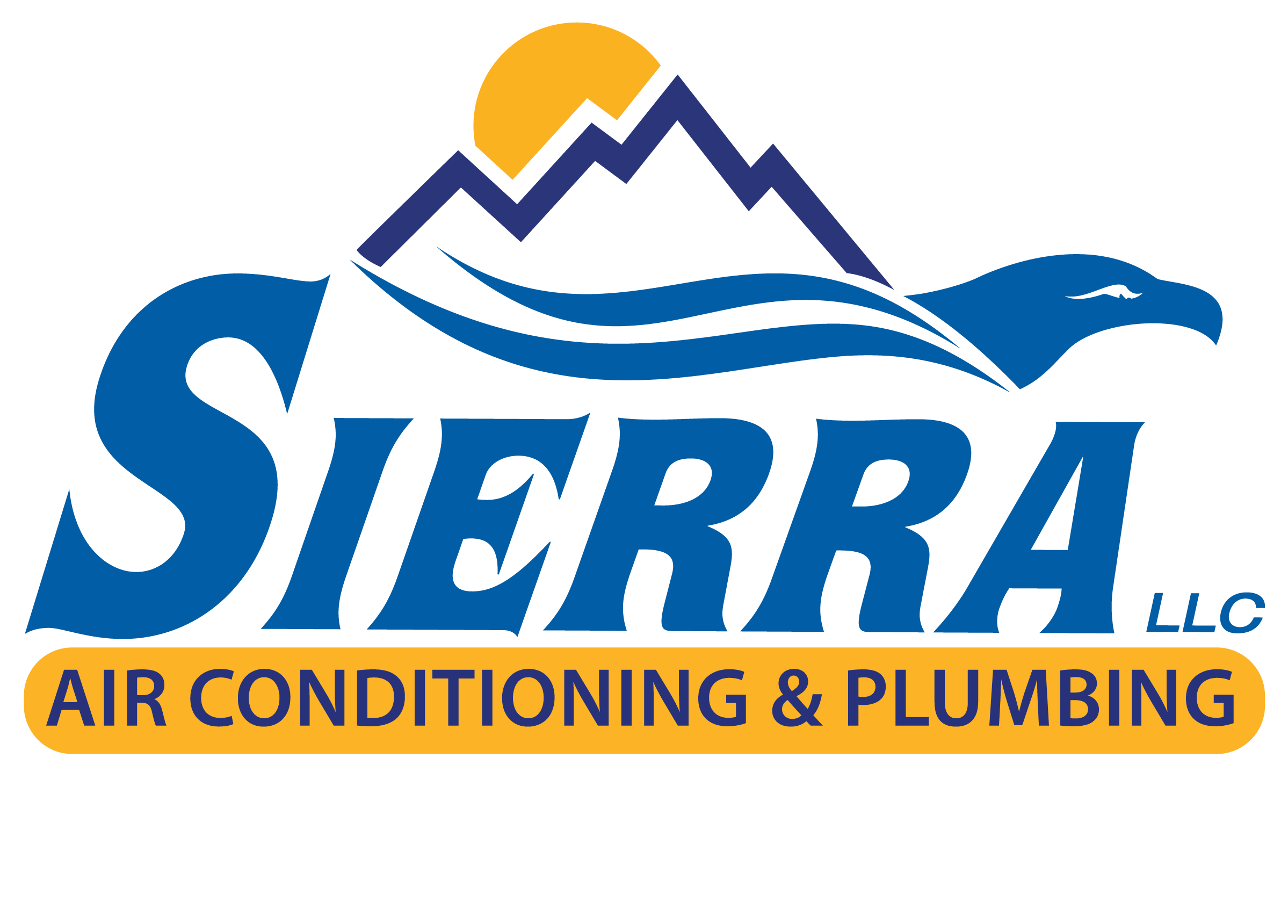Hot and cold spots within the home are a fairly common, yet unpleasant phenomenon. Nobody enjoys going from a steaming hot kitchen to a freezing bedroom — but it seems to happen way too often. Many people just learn to live with this discomfort, not even realizing they can do something about it! Luckily, you have plenty of options to improve the issue.
What Causes Hot and Cold Spots Within the Home?
The overall structure of the home has a major influence on the way temperature varies across different rooms. For instance, the number of windows and the quality of insulation determine how easy it is to maintain a consistent temperature. Poor insulation makes it much harder to retain heat, so you may notice your electricity bill spiking up. Even then, drafts can make the window area feel uncomfortably cold.
The opposite may be true in the summer months when the area around the windows can often get uncomfortably hot. There are two major causes for this. The first is that when the sun’s heat warms up the window panes, the glass heats the surrounding air, raising the temperature. The second, the sun heats items placed near the window. Anything that the light touches will warm up, and items directly in front of a window may get incredibly hot. Those two processes combined can heat a room up to uncomfortable levels.
Another potential reason is that your HVAC (heating, ventilation, and air conditioning) system isn’t working correctly. This may be due to poor design, as ducts may not transport air properly. Alternatively, major leaks in the system may prevent the air from reaching its destination. More commonly, your HVAC system is either incorrectly sized (too small) or in need of repair.
Finally, an often neglected factor to keep in mind is where people tend to congregate around the home. When a bunch of people stay in the same room for a while, it naturally starts to get warm and stuffy. On the other hand, underused rooms tend to feel colder, even if the temperature is regulated throughout the home.
How to Manage Hot and Cold Spots
Struggling with inconsistent temperatures? You may be able to resolve the issue simply by implementing these easy-to-follow tips.
Use Window Coverings to Manage Heat
Window coverings are one of the easiest ways you can manage the heat around your place. During the hot summer months, this area can get extremely warm due to the rising outdoor temperature and the abundant sunlight. That’s good news though because the flow of sunlight is quite easy to control. Shutter, shades, or curtains all allow you some control over the incoming sunlight while making for a beautiful addition to your interior design.
Be Mindful of Electronic Devices
Electronic devices can radiate quite a bit of heat. If you have a bunch of them huddled together, especially larger devices such as TVs and home computers, and especially ones that you may use simultaneously, this may create an uncomfortably hot spot. Try to space these devices out in order to disperse the heat. For the same reason, be mindful that you don’t place electronic devices too close to your thermostat. The heat they radiate may interfere with the temperature regulation functionality.
Check Your Vents
It might sound silly, but it’s a surprisingly common issue. You might have inadvertently blocked a vent with a piece of furniture or with curtains. Not only does this create irregularities in the ventilation of your home, but most vents also require a minimum of 18 inches of free space to function properly.
Keep Your Filters Clean
If your vents are unblocked yet air doesn’t appear to be flowing freely, this may be a maintenance issue. If you don’t frequently check on their condition, you may be surprised to find how much dirt and grime they have accumulated with time. Regular cleanings of your filters are always a good idea. Not only will this allow your HVAC system to maintain consistent airflow but it will also improve the quality of air as the debris from the filter will be in circulation.
Turn on the Fan Setting of Your Thermostat
Few people use the fan function of their thermostat, which is unfortunate, as it can drastically improve your home’s comfort levels. When the air gets stagnant, hot and cold spots can form more easily. Having the fan setting on will put the air in constant circulation. This will even out the warm and cold air around the room, which can minimize the discomfort of uneven temperature.
Do You Need to Make Structural Changes?
If none of these tips seem to help, you might need some professional help. Sometimes the temperature issues within the home are structural and managing them on your own is insufficient. If you suspect your system may not be as efficient as you’d like, you may be better off leaving the experts. Please keep in mind that these works can be quite complex; we don’t advise you to attempt to do them on your own.
Change the Location of Your Thermostat
Ideally, your thermostat should be placed around the center of your home in a moderately warm area. If it’s instead placed under direct sunlight, for example, this may interfere with its capacity to measure temperature correctly. It would operate as if your home is much hotter than it is. Not only would this waste a lot of energy but you might struggle to reach a pleasant temperature. Kitchens, garages, and window areas are other poor choices for a thermostat placement.
Try Whole-House Zoning
If there’s an area in your home that just doesn’t seem to maintain the temperature you prefer, you may benefit from a zoning system. An HVAC zoning system uses dampers in the ductwork to achieve better control of the airflow within your home. This enables you to regulate and redirect air to specific areas of your liking.
For instance, if there’s a room in your home that’s perpetually hot, maybe due to intense sunlight, the thermostat setting you use for the rest of your home would feel too hot. A zoning system can be a great way to cool that precise area, without having to make the other rooms way too chilly to be comfortable. It utilizes multiple thermometers around the property that determine how much cold or hot air each area needs. On top of that, a zoning system can save you a lot of money. Why? As you have more control over the heating and cooling, the system works more efficiently, saving you up to 20% on your heating bill.
We Can Help!
Here at Sierra Air Conditioning & Plumbing, our chief priority is the way we treat our customers. Since 1987, we’ve been serving the residents of Las Vegas, and the surrounding areas, and we’ve maintained our commitment to offering the highest quality of service ever since we first opened our doors. We focus on educating our clients and empowering them to make the best choices for themselves. We pride ourselves on our fair and transparent pricing — we never add overtime charges or hidden costs to your bill.
A large part of our work is focused on finding the best solution for our customers. Whether you’d like a zoning system, an air conditioning replacement, or simply an assessment of your needs, we’re here to help you. Contact us today for a consultation.








